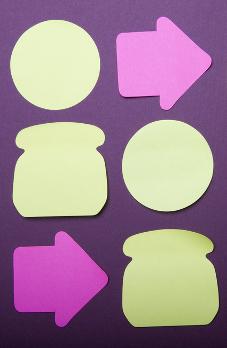U-process
Use for
Producing a vision/plan for a change process in which there are major conflicting interests and a large number of parties are needed to solve a problem.
Principles
The principle behind this method is that a movement can be created if everyone accepts their personal responsibility. By building on personal responsibility, mechanical changes can be transformed into systemic action.
The outcome of the U-process cannot be predetermined or locked in.
What do you do?
Broadly speaking, the U-process consists of three movements that can, as it were, be arranged in the shape of a U:
- Observation, observation, observation (immersion in the context and the experience)
- Withdrawal and reflection (letting go of the old and letting in of the new)
- Immediate action (direct and adequate action)
The critical moment (step 2) occurs ‘at the bottom of the U', when participants let go of former convictions and ideas, leaving room for something new, something that matches the changing context better. To get beyond that point, there are three ‘enemies' that have to be overcome:
- The voice of judgment (about the problem and the solution)
- The voice of cynicism (about what we can do about it)
- The voice of fear (about what will be demanded of us).
The U-process is often used to enable groups of different stakeholders to find fundamental solutions to complex problems in a short space of time (hours, days, weeks). The social technology of the U-process is also known as ‘Presencing'; a combination of ‘presence' and ‘sensing'.
Prerequisites
- Good facilitators with experience of this type of process
- A serious intake and certain courage on the part of the participants
- Time: experience shows that intervals have to be inserted between the different phases of the process and that the entire process should not take longer than several months.
More information
See eg. https://www.presencing.com/
Used by
Among others: Rosa Lucassen: mail@burosa.nl
